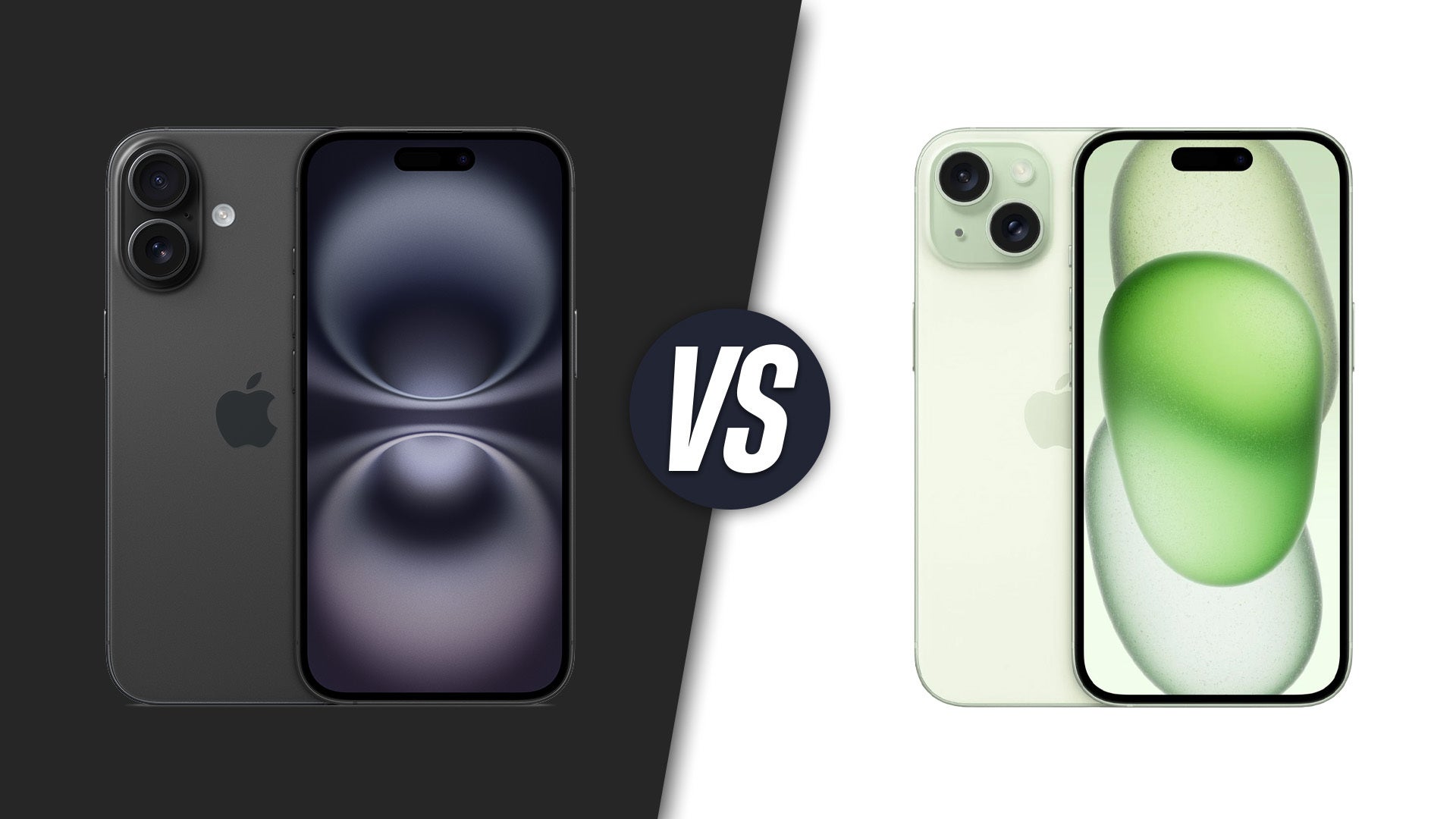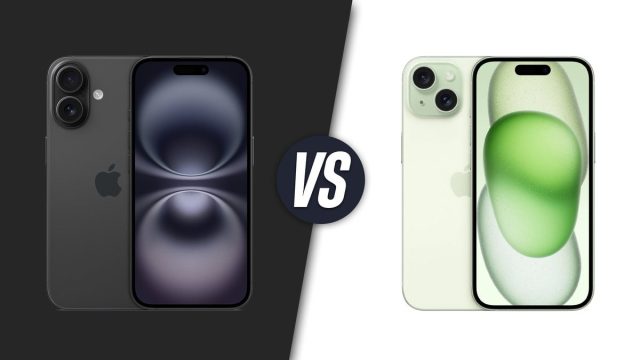
Intro
It’s been a couple of years since the launch of the iPhone 15, which introduced meaningful upgrades like a 48 MP main camera, the Dynamic Island, and better performance. Now the iPhone 17‘s launch is nearing, and the rumor is that it will finally fix the worst part about the base iPhone models.
Yes, it is exactly what you are thinking, we are—supposedly—about to see a non-Pro iPhone with a smooth 120Hz display. But that’s not all! We also expect to see a new selfie camera, a much faster processor, and maybe even better battery life.
Iphone 17 vs iPhone 15 expected differences:
| iPhone 17 | iPhone 15 |
|---|---|
| AI-capable A19 chip (likely 3nm) |
A16 Bionic (4nm) |
| 8 GB RAM | 6 GB |
| 24 MP selfie camera | 12 MP selfie camera |
| 6.27″ OLED 120Hz ProMotion Thinner bezels |
6.1″ OLED 60Hz Thicker bezels |
| ~ 3,600 mAh battery | 3,349 mAh |
| Similar wired/wireless speeds | 20W wired 15W MagSafe wireless |
| New spliced smoother frame | Sharper frame |
Table of Contents:
Design and Size
Refined design for higher comfort
The iPhone 17, however, is expected to introduce more substantial changes. Apple is reportedly using a new splicing process that smooths the transition between the back and frame, providing a seamless, curved feel rather than the sharp edge of the iPhone 15.
Both phones have a USB-C port, although the iPhone 15 doesn’t support high-speed data transfer and we don’t expect the iPhone 17 to support it either — Apple is still reserving that perk for the Pro line.
As for the color options..
- iPhone 15 colors are: Black, Green, Yellow, Pink, Blue
- The expected iPhone 17 colors are: Black, White, Pink, Teal, Ultramarine
Display Differences
The iPhone 17 is expected to address these longstanding complaints with a 6.27-inch OLED panel featuring ProMotion 120Hz refresh rate — a first for a base iPhone model. It will use Samsung’s newer M14 OLED panel, offering better energy efficiency, a longer lifespan, and higher brightness potential than the M12 panel used in the iPhone 15.
In short, the iPhone 17‘s display should feel smoother, brighter, and more modern — a long-awaited upgrade over the iPhone 15’s decent but dated screen.
For the biometrics, Apple will surely be sticking to Face ID, though the iPhone 17 may have a slightly smaller Face ID module.
Performance and Software
An AI-ready Apple A19 chip
The iPhone 15 uses the A16 Bionic chip (4nm), a powerful processor initially debuted in the iPhone 14 Pro series. It delivers smooth everyday performance and efficiency, but it isn’t built with AI or future-proofing as a top priority.
The iPhone 17, meanwhile, is expected to feature the new A19 chip — potentially still built on a 3nm process (despite rumors saying it will be built on the 2nm process) but bringing optimizations that improve both power efficiency and processing capabilities. It is also said to feature 8GB of RAM, up from the 6GB in the iPhone 15, helping the iPhone 17 handle future AI tasks and heavier multitasking better.
Both phones will run iOS 19 by the time the iPhone 17 is released. However, Apple’s major AI suite, Apple Intelligence, is expected to mature fully only in 2026, so there might not be major functional differences in day-to-day use immediately.
Camera
New, more powerful selfie camera on the iPhone 17
The camera setup on the iPhone 15 is as follows:
- 48 MP main camera (shoots 24 MP by default with pixel binning, 48 MP optional)
- 12 MP ultra-wide camera
- 12 MP selfie camera
While the iPhone 17 camera setup is expected to have:
- 48 MP main camera (likely refined from the 15’s)
- 12 MP ultra-wide camera
- 24 MP upgraded selfie camera
Otherwise, expect improvements in HDR, night mode, and computational photography as Apple typically refines image processing each generation.
Neither model has a dedicated zoom lens though — for that, you would still have to pick one of the Pro models.
Battery Life and Charging
Mostly the same
The iPhone 17 is expected to feature a slightly larger ~3,600 mAh battery with improvements in efficiency thanks to the new stacked battery technology and chipset optimizations. However, no major gains in fast charging are expected: wired speeds will likely stay around 20-27W.
Specs Comparison
| iPhone 17 | iPhone 15 |
|---|---|
| Size, weight TBD (similar footprint) |
Size, weight 147.6 x 71.6 x 7.8 mm 171 g |
| Screen 6.7″ OLED 120Hz ProMotion |
Screen 6.1″ OLED 60Hz |
| Processor A19 3nm |
Processor A16 Bionic 4nm |
| Versions: 8/128 GB 8/256 GB 8/512 GB LPDDR5 |
Versions: 6/128 GB 6/256 GB 6/512 GB LPDDR5 |
| Cameras: 48 MP main 12 MP ultra 24 MP front |
Cameras: 48 MP main 12 MP ultra 12 MP front |
| Battery: 3,600 mAh |
Battery: 3,349 mAh |
| Charging: USB-C 27W wired MagSafe |
Charging: USB-C 23W wired MagSafe |
Summary
If you already own an iPhone 15 and you’re satisfied with its performance and camera quality, that’s totally fine too, as long as you are not craving that 120Hz too much.
Keep in mind that the pricing for the iPhone 17 could be higher due to global tariffs, so you might have to weigh whether the visual and performance enhancements justify the potential extra cost.











